The first electric car for most people will be a used one.
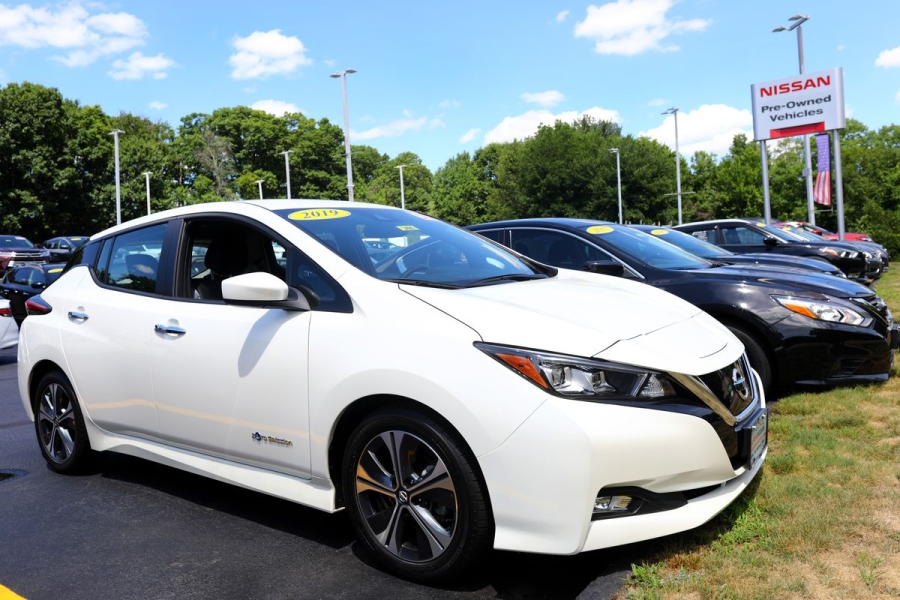
Umair Irfan is a correspondent at Vox writing about climate change, Covid-19, and energy policy. Irfan is also a regular contributor to the radio program Science Friday. Prior to Vox, he was a reporter for ClimateWire at E&E News.
Did you know that since January of this year, thanks to the Inflation Reduction Act, you can get up to $4,000 back on your federal taxes if you buy a used electric car? And depending on where you live, your state will also knock thousands of dollars off the sticker price? And if you’re really lucky, your power utility might offer up to a $6,000 rebate as well?
With the supply chain shocks of the Covid-19 pandemic wearing off and a fresh buffet of juicy enticements, a used EV right now can be one of the best bargains on the road, especially if you can pay cash. That is, if you can get your hands on one, and if your dealer knows about all the perks.
“Overall, used EVs can actually be a pretty good deal for consumers because someone else has already taken the biggest hit on the depreciation of that vehicle,” said Chris Harto, a senior policy analyst at Consumer Reports. “But they still deliver the same fuel savings and can maybe even often offer greater maintenance and repair savings over time compared to a used gasoline vehicle.”
As some buyers have learned, however, sellers don’t always know about all the sweeteners available.
“The Hyundai dealership knew next to nothing about the car,” said Jeremy Conrad, who bought a 2019 Hyundai Ioniq plug-in hybrid car earlier this year in Pennsylvania. “They didn’t even know if there was a tax credit. I had to show them the list of eligible used cars on the government’s website, and even then they said to check with whoever does my taxes to ask about the tax credit.”
Joseph Wall ran into the same problem buying a used Chevrolet Bolt in North Carolina. “My local CarMax had no idea about the used EV tax credit,” he said. “I had to talk to the business manager who asked corporate and got informed on it that way.”
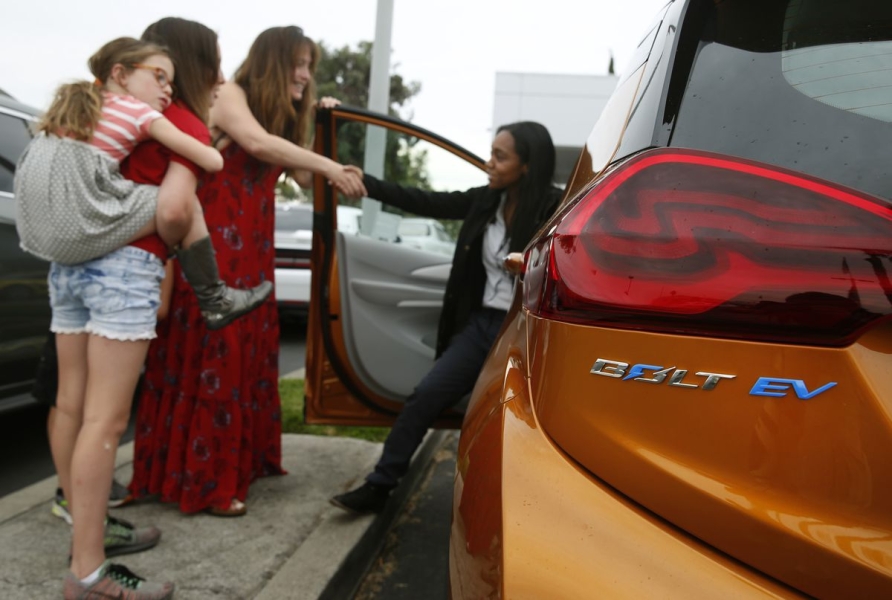
Confusion around tax credits is just one of several speed bumps ahead of buying used EVs, even as new electric car sales are accelerating. About one in 10 new cars sold last year around the world was electric. But to truly graduate from a luxury bauble to a reliable workhorse and to shift light-duty vehicles off of fossil fuels, electrics have to take over the used car market.
This transition is also critical for the US strategy to limit climate change: Transportation is the largest source of greenhouse gas emissions in the country, and light-duty vehicles comprise 57 percent of this sector’s carbon dioxide output. The average car stays on the road for 12 years, so for EVs to win the race to decarbonization, they need to outrun the existing fleet on cost and performance.
However, even as carmakers are offering more electrics in their lineups, they’re also making them bigger and more expensive.
The average new electric car cost $66,000 last year, compared to the overall average new car at $48,000. Some EVs are now so pricey that they don’t qualify for tax credits. The IRS set a price cap of $80,000 for new electric vans, trucks, and SUVs and a $55,000 limit for all other vehicles. For used electrics, the ceiling is $25,000.
And many new car buyers don’t need the help. According to J.D. Power, two-thirds of plug-in hybrid and battery EV owners earn more than $100,000.
The key to starting the engine of electrification and revving up EV market share is to help people buy more used EVs. Americans purchase roughly 17 million new cars each year and 40 million used cars. The used EV market poised to become massive too, as new cars diffuse into secondhand car lots.
“Even expensive new cars become affordable used cars,” Harto said. “It’s just a matter of time.”
Right now, though, used EVs currently make up a tiny fraction of total car sales. Of the 250 million light-duty vehicles on the road in the US — cars, minivans, SUVs, and light trucks — only around 1 percent is electric. The majority of EVs are still in the driveways of their first owners. Drivers bought more than 42,000 used EVs at dealerships last year, but most car dealers don’t have any electric offerings on their lots, new or used.
So if you’re in the market for a pre-owned electric car, it can be tricky to find one, to take advantage of the tax breaks, and to figure out whether the car is reliable. But experts have some tips to make sure you’re getting the best deal, and there are strategies to make more EVs available on used car lots.
The used EV market is volatile, but it’s beginning to settle down
While used EVs are a tiny market right now, they aren’t new. The Tesla Model S is now in its 11th year of production and its earliest generations are in the hands of second or third owners.
However, the electric car market has gone through some wild swings. During the Covid-19 pandemic, some buyers actually managed to sell used EVs for more than the new sticker price. But prices have begun to fall over the past few months, including for popular electrics like the Tesla Model 3, the Toyota Prius Prime, the Hyundai Ioniq, and the Nissan Leaf. With interest rates rising, however, it’s now more costly to get a loan to buy a car, new or used, so cash buyers have an advantage.
Another concern is how EVs fare in the real world over a long time. In terms of reliability, used EVs have a big advantage over internal combustion engines because they have fewer mechanical parts. There’s less that can go wrong, reducing the rising upkeep costs often associated with older cars.
The big, unique maintenance worry with EVs and plug-in hybrids is the battery. Although they’re increasingly sophisticated, EV batteries, like all batteries, lose capacity over time and can wear out faster with extensive fast-charging. That, in turn, can eat into the overall range of the car. Replacing the battery can cost half the sticker price of an EV — if not more.
Battery range worries can dissuade some buyers, but aside from a few high-profile recalls, most EV batteries have proven quite durable.
Recurrent, a research firm that studies the performance of EVs, tracked the performance of more than 15,000 of these vehicles in the real world, looking at how their range changed over time as a proxy for battery health.
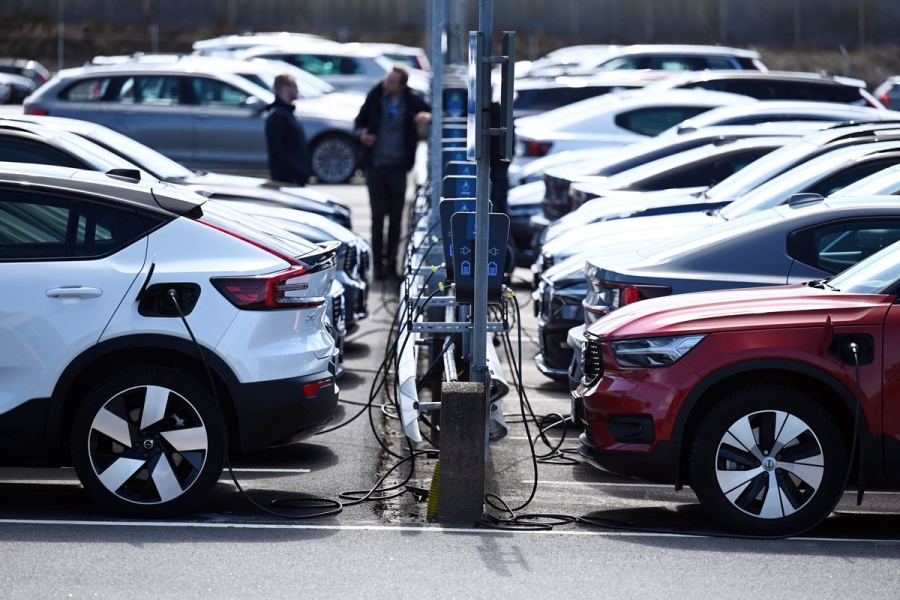
“We’ve been really surprised to see how well most batteries are holding up,” said Liz Najman, lead researcher at Recurrent. “Most cars still have 85 to 90 percent of their original battery capacity.”
Battery replacements actually tend to be pretty rare. At the same time, many manufacturers offer far more generous warranties for electric components than they do for combustion systems. Ford, for instance, offers a warranty for five years or 60,000 miles on conventional drivetrains but raises it to eight years or 100,000 miles for electric drives. Chevrolet also offers an eight-year or 100,000-mile warranty on EV battery components. Tesla’s battery warranty starts at 100,000 miles or eight years.
These warranties are usually transferable when the vehicle is resold. That can offer buyers some peace of mind. “To be as covered as possible in a used car, I targeted the Bolt EV specifically because it would get a new eight-year, 100,000-mile warranty with the battery replacement,” said Wall.
But many other drivers are still anxious about battery performance over time, according to Najman. “I don’t think there’s a ton of awareness of how long these battery warranties are,” she said.
In fact, despite the more robust warranties, EVs tend to have lower resale values than conventional cars, according to Brian Moody, executive editor for Kelley Blue Book. After 36 months, an electric car retains about 63 percent of its value, compared to 66 percent for an internal combustion engine.
“But when you go out to five years, an internal combustion engine car would retain 46 percent of its value, while the electric car would only retain 37 percent of its value,” Moody said. For most EVs, that’s well within manufacturers’ warranties.
It’s not clear why there’s such a big gap. One factor could be that used car buyers at lower incomes are also less likely to have chargers at home, meaning they would have to rely on the fledgling public charging system. In many areas, these chargers can be sparse and unreliable.
That’s one reason why plug-in hybrids are in such demand among used car buyers, even as manufacturers are moving away from them. That includes Conrad, who bought a plug-in Ioniq. “I regularly drive 180 to 200 mile round trips on the weekend, and I worried that especially in the winter an older EV might not make the trip. And there aren’t many public charging stations in central Pennsylvania,” Conrad said.
Over time, though, Kelley Blue Book’s Moody expects that electric vehicles will close the gap in resale values. Potential used EV buyers should look for cars and trucks that are lightly used, under warranty, and ideally certified pre-owned from a nearby dealer. The odometer reading isn’t as important as how the battery has been treated, since frequent fast-charging and extreme weather conditions tend to cause more wear than topping up slowly in a garage.
“It’s not exactly about the miles only,” Moody said. “It’s about how the battery is charged and cared for up until that point.”
How to take advantage of tax breaks for used EVs
Tax breaks and discounts can help close the equity gap for cleaner cars and direct the benefits to where they’re needed the most. For instance, EVs lead to near-term air quality improvements. That’s a huge upside for low-income people, especially if they live in areas that already suffer higher pollution.
“The incentives for used vehicles are more important because that’s where more moderate-income and lower-income households enter the vehicle markets,” said Scott Hardman, a researcher at the Plug-in Hybrid & Electric Vehicle Research Center at UC Davis. “They will need help making this jump.”
The trouble is that many dealers don’t know what’s out there, and the incentives change depending on your state, your income level, and your vehicle.
The process proved so frustrating for Jonathan Seiden that he put together his own guide for used EV tax credits. He even created a template form for dealers to send to the IRS because he couldn’t find an official one from the government.
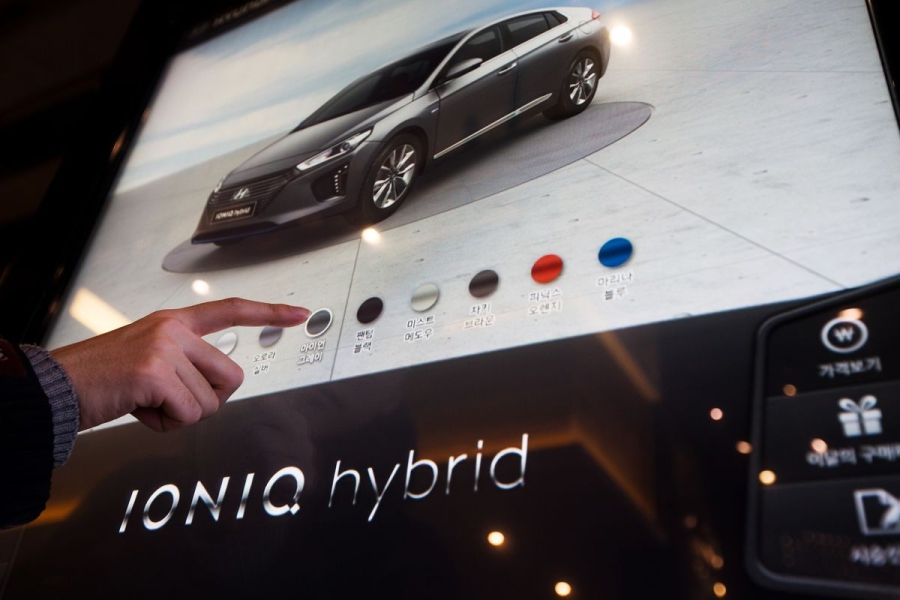
“I was kind of shocked that no one had ever heard of it. Everyone was just saying ‘oh, you’re wrong, it’s only for new vehicles, it’s only for vehicles assembled in North America,’” said Seiden, who ended up buying a used Hyundai Ioniq in Virginia. “That caused me to kind of go down the rabbit hole of the IRS documentation around it.”
To see if you’re eligible for a federal used EV tax credit, check the IRS’s list of qualifications and its list of eligible car models. The tax credit of up to $4,000 only applies to used EVs and plug-in hybrids that cost less than $25,000. Only joint filers making less than $150,000 or individuals making less than $75,000 can avail it. Since it’s a tax credit, if your tax bill is less than $4,000, you don’t get the full amount. And be sure to file Form 8936 with your returns.
Next, check to see what state-level incentives are available and see if your power provider offers any discounts as well. Kelley Blue Book has a helpful list of what’s out there.
The complicated economics of getting more EVs on the road
EV prices are coming down for buyers, but that’s just a first step. Beyond lowering the sticker price for buyers, Hardman suggested it might be worth making subsidies more readily available for EV leases. Incentives tend to be a bigger factor for people who lease cars than those who buy them, and leased cars are typically held for three years before being resold. “That is quite a good way to increase the supply of used vehicles,” he said.
Another hurdle to clear is car dealers. According to the Sierra Club, of the dealers they surveyed that didn’t sell any electrics last year, 45 percent said that they wouldn’t sell one even if they had the opportunity to do so. That’s due in part to the fact that dealers can generate up to half of their revenue with repairs and maintenance, something EVs don’t need as much. Many manufacturers also want dealerships to make expensive upgrades like installing fast chargers and training mechanics to work on EVs before they will give dealers a crack at selling electrics.
That means the car-buying process needs to change. Manufacturers like Ford will let you search for dealers that are EV certified on their website and see their inventory online. All-electric companies like Tesla, Lucid, Rivian, and Polestar are trying to bypass dealers altogether and sell directly to customers, but some states still have laws that prevent direct-to-consumer purchases. Getting rid of these barriers could help these companies lower costs and reach more customers.
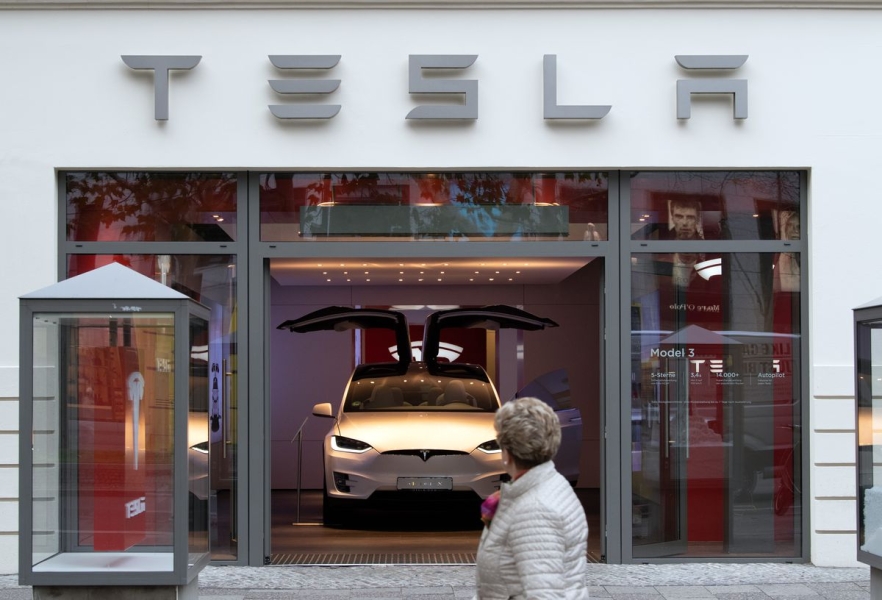
It’s worth stepping back to remember why there’s such an interest in deploying electric cars and trucks to begin with: They’re a means to reduce greenhouse gas emissions and air pollution. But they’re not always the most effective way of achieving this goal.
“Our policies are currently not well-suited to maximizing the environmental value,” said David Rapson, a professor of economics at the University of California Davis who studies vehicle electrification.
Incentives for used EVs are a case in point. They’re effectively a second subsidy for a single car, making them one of the more costly ways to curb emissions.
“Maybe we want to make EVs more affordable in the used market, but the trade-off is we’re getting fewer carbon savings per dollar of subsidy spent when we do that,” said Rapson, who is also a senior economist at the Federal Reserve Bank in Dallas. “An alternative policy that’s going to be much more effective from a carbon reduction perspective is putting a price on carbon.”
Another tactic is to reduce the need to drive altogether. Better public transit and smaller electric vehicles like bicycles could yield more bang for the buck than EV subsidies. Electrifying government fleets like school buses and postal trucks can achieve higher economies of scale than private cars.
Still, the majority of Americans drive to work every day and until there’s an alternative, there will be a massive market for EVs. The question is when electric cars will cross the tipping point where they’re cheap and abundant, with plenty of places to charge up and no more subsidies are required, creating a cycle that will ripple through the whole auto sector. So when EVs do finally take over the road, most drivers will be the second owner of their first electric car.
Source: vox.com






